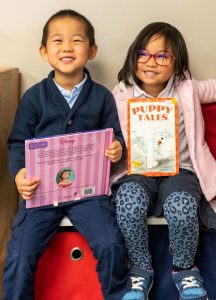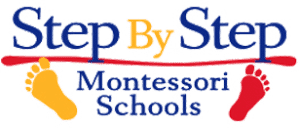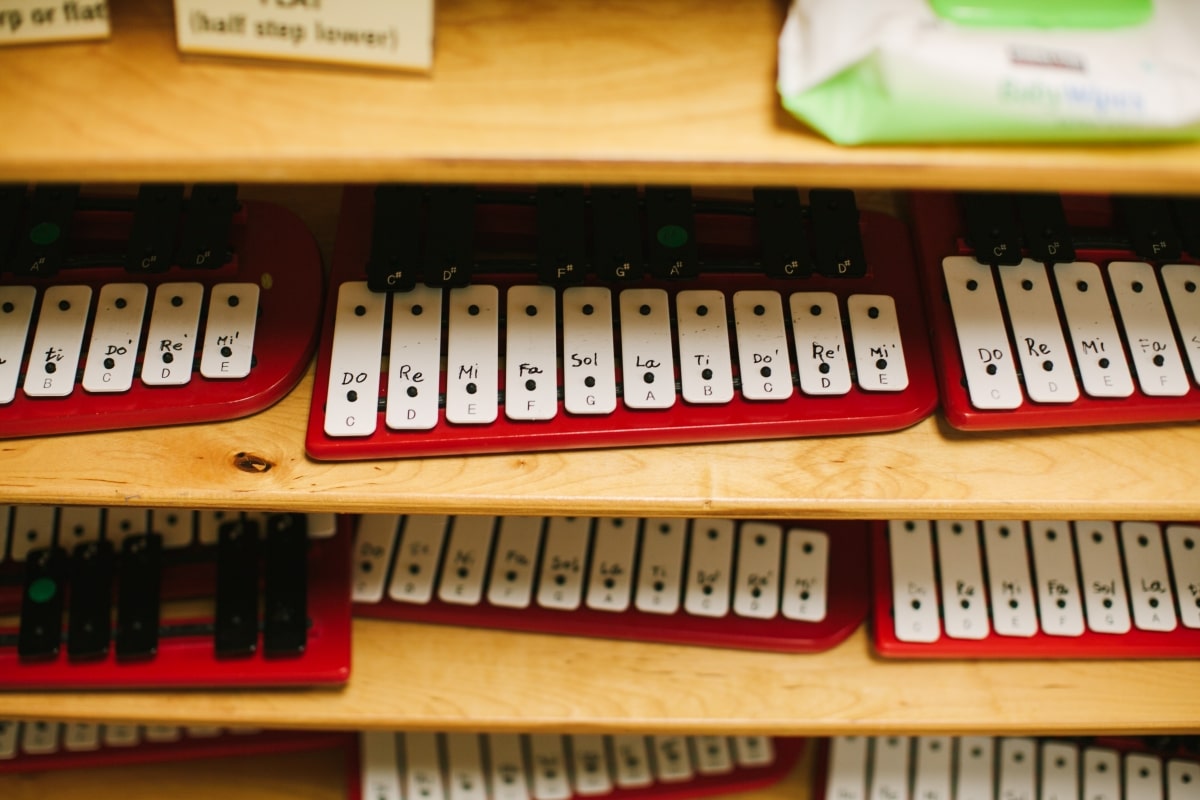
By Kristi Larsen
Caring for and Choosing the Right Books
Imagine your favorite childhood book. What was the name of it? Why did you like it? Was it based in reality or fantasy? Did you introduce your students or your own children to it? My favorite book when I was a child was Corduroy by Don Freeman. I loved that book and I still do! It teaches children about saving money to buy something that they really want and how to take care of their toys. Lisa’s mom did not want to spend the money on Corduroy because he was missing a button. Lisa wanted Corduroy to be her friend, so Lisa bought him and gave him a new button.
I remember when my preschool teacher read that book to me. Obviously, I don’t remember learning that specific lesson at a young age, but I remember wearing out several copies of the book because I kept reading it.
Books are such an important part of learning! As teachers, we need to be cognizant of the books we are putting into our classroom. First, we need to teach children how to take care of the books. I like to give lessons on how to carry a book, how to turn the pages of a book, and how to put the book back in its place. It is essential to have a variety of books in the classroom. Because of the different subject areas in a Montessori classroom, books are plentiful. Simone Davies tells us about how to choose books for the classroom on her website, The Montessori Notebook.
Maria Montessori believed that children require books based on six criteria. Books must be non-fiction because children are naturally curious about the world around them. They must also have beautiful illustrations. Books must have an appropriate number of words on a page in order to hold the children’s attention. They must also be age appropriate with how they are designed. For example, babies will have difficulty turning paper pages, but a preschooler should be able to turn those pages without ripping them. Children’s books should have rich language with descriptive words to capture their attention. Books should also have interesting details in the illustrations, which allow the child to make new discoveries each time they look at the book.
Children should be exposed to books about poetry, simple picture books, art books, nonfiction, and books about human emotions and diversity. In a Montessori environment, we have various books that cover all of the subject areas. One example would be the science area, where we have parts of animals and plants books, just to name a few. These books have pictures with a shaded part and name of that part on one page and the definition of the part on the other page. Children love to make their own copies of these books as well.
When children are able to read the books in the classroom, they feel such a sense of pride and accomplishment. Their self-esteem grows when they realize they can read any book that they have at home as well. “Reading is the greatest gift given to humanity because it allows anyone to enter into silent communication with the soul of the writer, to hear the thoughts of people from the past, to feel their emotions…It opens to the child the whole new world of the past,” (Ramachandran, 1994, p. 204).
Now I encourage you to go back and reread your favorite childhood book with your family in honor of National Reading Month.


